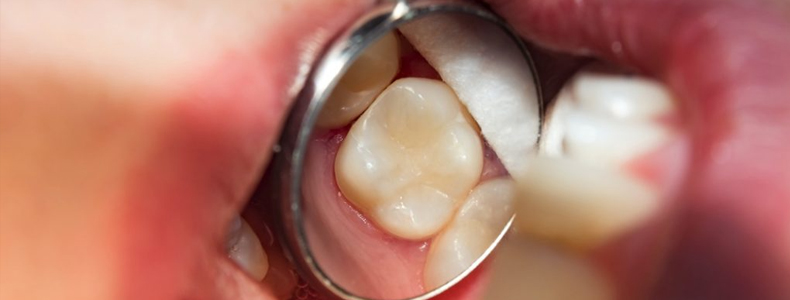Cavity Filling

A filling helps to restore a tooth damaged by decay back to its normal function and shape, and helps prevent further decay by eliminating areas where bacteria can enter the tooth. Your dentist will consider a number of factors when choosing which type of filling material is best for you; this includes the extent of the repair, whether you have allergies to certain dental materials, where in your mouth the filling is needed and the cost.
What is a Cavity Filling?
Having a cavity is no day at the park. Not only is a cavity painful, but it can also affect your daily life from eating and chewing to speaking correctly. That’s where cavity fillings come into play. A cavity filling procedure is the most common way to resolve dental decay that has penetrated the dental enamel of a tooth.
There are various types of fillings available including:
1. Composite Fillings –
These are resin based aesthetic materials that are bonded onto the tooth surface after tooth decay has been removed . This material provides a conservative approach to a tooth restoration.These fillings can be shaded to match the color of a person’s existing teeth.
As more People wants natural looking smile,composite filling have become increasingly popular.Composites are material of choice for anterior teeth or visible part of teeth. We can use them for posterior teeth also.
2. Amalgam Fillings –
Amalgam fillings are made up of an alloy of silver and mercury.Thus it doesn’t match with colour of your teeth. .It however not the material of choice because of increasing aesthetic demand.
3. Ceramic Fillings –
Ceramic fillings are made of porcelain and are tooth colored, so they look natural. Ceramic fillings are more brittle than composite resin and can break but they are also more resistant to staining. Ceramic fillings are expensive.
4. Glass Ionomer –
Glass Ionomer fillings are made up of acrylic and fluroaluminosilicate ,a component of glass. This material is most commonely used as temporary filling, for fillings below gumline and fillings in young children.
Glass Ionomer filling releases fluoride which help to protect the tooth from further decay.
However this material is weaker than composite and more suspetible to wear and fracture.

